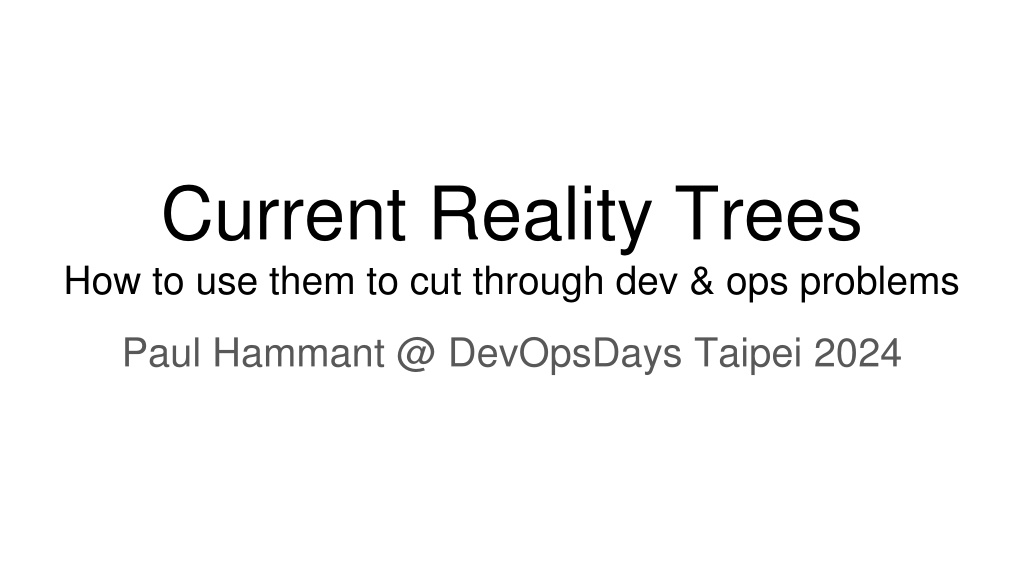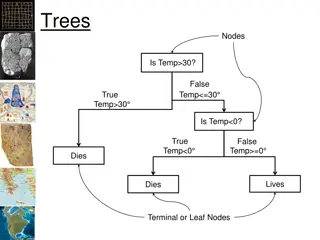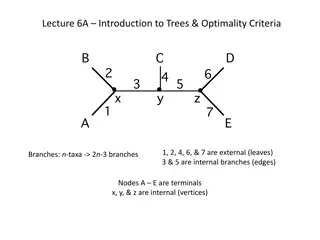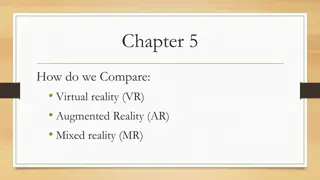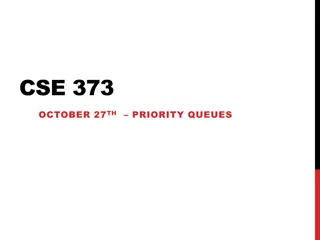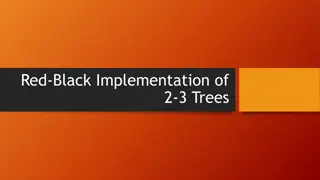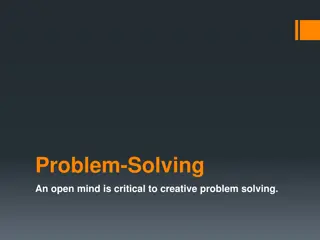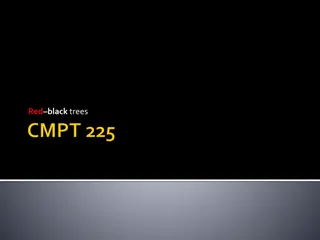Current Reality Trees in DevOps Problem-solving
Explore the use of Current Reality Trees as a sense-making tool in DevOps to identify bottlenecks and address issues in software development. Learn how to uncover hidden causes impacting development costs, estimations, and Agile stories. Dive into the methodology of finding and resolving problems to enhance team performance and efficiency.
Download Presentation

Please find below an Image/Link to download the presentation.
The content on the website is provided AS IS for your information and personal use only. It may not be sold, licensed, or shared on other websites without obtaining consent from the author. Download presentation by click this link. If you encounter any issues during the download, it is possible that the publisher has removed the file from their server.
E N D
Presentation Transcript
Current Reality Trees How to use them to cut through dev & ops problems Paul Hammant @ DevOpsDays Taipei 2024
Current Reality Trees This is an idea from the Theory Of Constraints and Lean industry some decades ago. A sense making tool for teams to identify bottleneck. For us that s teams doing software industry things. It is not a replacement for other tools, just an addition: Observability and intelligence around events happening at certain times is far more important. But where it is not obvious what the problem is and there is time to do this, it can pay off.
A Contrived CRT starting point Development cost (time) too variable for service invocation to lower tiers Agile Stories are not reliably estimable where part of story is lower tier work Estimates per iteration are never met because because
Look out for missing proximate causes Development cost (time) too variable for service invocation to lower tiers because Estimates per iteration are never met
Are the assumptions of understanding? Development cost (time) too variable for service invocation to lower tiers Agile Stories are not reliably estimable where part of story is lower tier work Estimates per iteration are never met because because For many teams Iterations are a bunch of agile stories in a fixed time span. We may do all stories in an iteration, or less than thought at the start, or more.
Find out what is more general .. because Some problem description Estimates per iteration are never met What is the problem you are trying to solve? Who is you ?
Something might have two alternate causes Development cost (time) too variable for service invocation to lower tiers Agile Stories are not reliably estimable where part of story is lower tier work Estimates per iteration are never met because because and/or because and/or because Some other cause ? Some other cause ?
Explore causes towards root Too many technologies used for lower-tier service invocation Mainframe and CORBA still in use with too few skilled devs Plan to modernize legacy services to new service mesh 18 months late bc Development cost (time) too variable for service invocation to lower tiers bc bc Older Service Docu- mentation work cancelled bc Some lower- tier services have poor docu- mentation
Explore causes towards root Full staffing never met bc Plan to modernize legacy services to new service mesh 18 months late Development mainframe extremely slow And bc And bc Development mainframe subject to company-wide arguments about change freezes
Consider that things may be the wrong way around Agile Stories are not reliably estimable where part of story is lower tier work Development cost (time) too variable for service invocation to lower tiers Estimates per iteration are never met because because
Software Development Current Reality Trees Starter Pack Another tab with a live talk through https://paulhammant.com/2021/02/19/softw are-development-current-reality-tree- starter-pack Note: This is more developer-focussed but DevOps experts can see part of their world represented too.
Tools for making CRTs I ve used Google-Slides build-in diagram shapes and lines for this slides - - - Slow going but might allow multi-person editing. Designed for landscape presentations not print Rudimentary online version history For the big CRT in my blog, I used OmniGraffle Pro on the Mac - - - - Faster development (mouse or touchpad but maybe not pen) Single Person Editing on the file system, but very printable Version history if you check it into source-control US$12.49 USD per/user/month (non-subscription choices too)
Tools for making CRTs I ve have tried Diagrams.net - - - - Not slow but not the fastest Has multi-person editing : yay! A big canvas gives you many choices Rudimentary online version history Paper and pen / or whiteboard - Faster development but then much slower if you make a change or run out of room Multi-Person Editing .. as you push the paper and pen around. Transcribing all to another piece of paper is annoying - -
Tools for making CRTs I ve have tried Flying Logic Pro - https://flyinglogic.com/ - - - - - - Very fast - auto layout so lines don t cross boxes, etc Single Person editing A big canvas gives you many choices Rudimentary online version history I don t like the direction of arrows and other things about the boxes US$ 11/month/user
Culture Issues Is it safe to make this diagram without someone objecting? - Lots of the time no is the answer. I use a printed version that starts with only a few boxes, then ask one teammate at a time to look at it then come up with a couple of changes this way everyone gets to feel consulted .. of course politicians may still do politics at that moment
